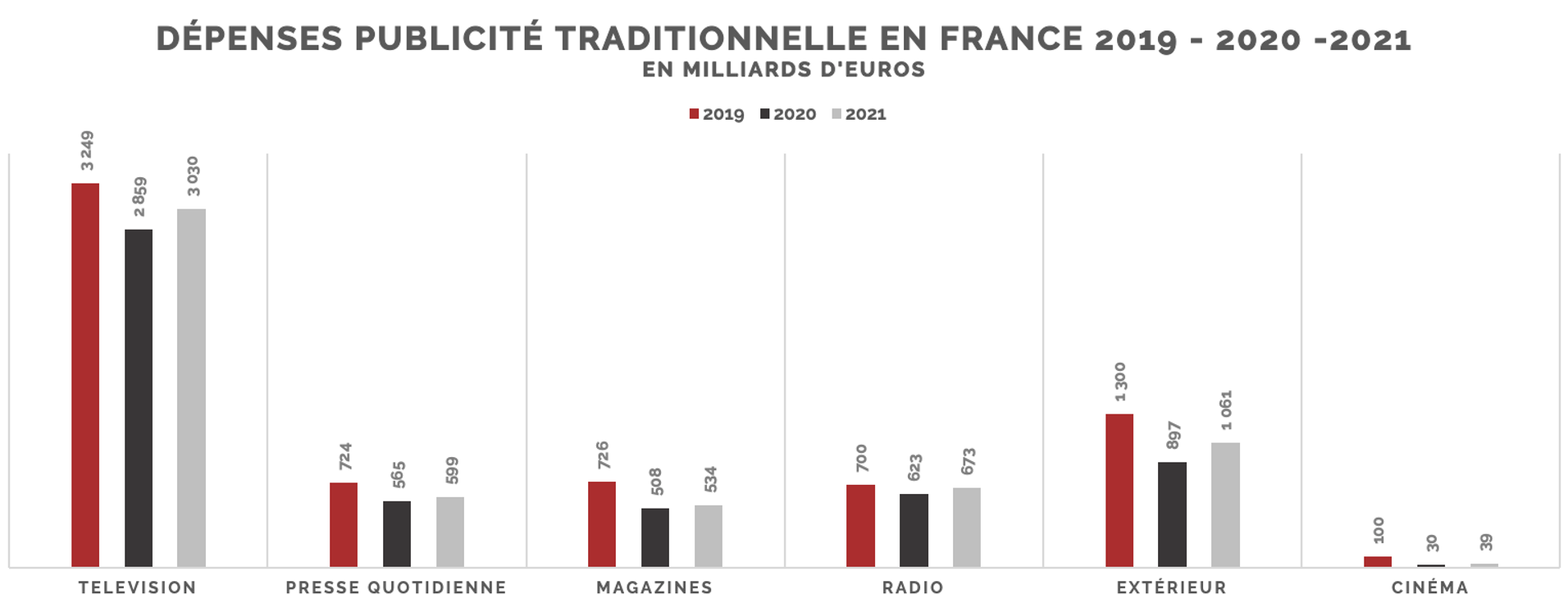
Any seller looking to make money selling on Amazon must be aware of the constantly changing rules. Other than the Amazon fees, sellers should also consider other Amazon tactics. This includes how to best optimize your inventory and how to increase your revenue. Your business's long-term survival depends on getting rid of excess inventory as quickly as possible. This will not just prevent you from losing your money but will also enable you to get the most out Amazon's time.

Amazon charges a LTSF (Long Term storage Fee) for items that stay in their warehouses more than a year. It is important to remember that the fee doesn't come with a flat price. Instead, it depends on how big your product is. This fee is not an over-the-top cost, but rather a means to increase efficiency in Amazon's inventory management system.
Amazon will notify you in your Recommended Removal Report of this additional fee. You will also receive a letter of notification six weeks before the clean-up date. Amazon will also include information about any recent fee changes in the notice. You will be informed that Amazon will now charge separate fees for items with long expiration dates or dangerous items.
You might find it a bit confusing to receive an LTSF assessment the first time. It is possible that you don't fully understand the implications of the fee change if you are a first seller. The fee change is logical. Amazon is encouraging sellers to source in-demand, competitively priced inventory. Amazon does not want slow moving inventory to take over warehouse space. Avoiding overstocking inventory is the best way to avoid a LTSF inspection.

Amazon's long-term storage fees are not just one-time charges. They will also be assessed once per month as well as twice annually. Amazon will charge a higher storage cost during peak times of the year in its warehouses. These are usually October through December. This fee is being increased to cover the general logistics costs of keeping goods stock for longer periods than one year. The new LTSF will cost an average of $150 per 1,000 units, and you will be charged a minimum monthly fee of $0.15 for items that are less than a year old.
If you're an Amazon seller, you'll have to face the fact that you will need to keep up with the various rules, regulations, and tips that Amazon has to offer. The best way to minimize your exposure to fees is to calculate what you're spending on storage and fulfillment before you launch your product. To increase your cash flow, it's important to plan ahead.
FAQ
How do I get the best value for my money online when shopping for clothes?
You can do a few things to make sure you get the best value for money when shopping online for clothes. Free shipping is a great option. These promotions often offer free delivery within Australia.
The second thing you need to do is check out the returns policy of the website before you make your purchase. Some websites allow customers to return their items within 30 day of receiving them. Others offer refunds only for items returned within 14-days.
Third, read reviews about the retailer you are considering purchasing from. You'll find out if the company is reliable and trustworthy.
Fourth, compare prices between different retailers. There are many websites where you can compare prices from different retailers.
Don't forget to look out for coupon codes or sales on certain brands and clothing types. To find out about any new deals, visit the site frequently.
How can I be an intelligent consumer when online shopping?
Success lies in making informed decisions. First, you must know what you are looking for and why. You will then be able to find the best deal.
Also, you should learn how to shop around and compare prices at different retailers. This will help you to make informed decisions about where to spend your money.
Look carefully at reviews and ratings when you are looking at products online. These reviews and ratings can help you make a decision about whether or not to purchase.
Coupons and other promotions are great ways to save money.
Consider financing your purchase with a credit card company if you are buying expensive items. They offer special deals such 0% interest over 12 months.
You can save money online shopping in many ways, but these are just a few.
What about online shopping?
It is crucial for consumers to understand what information they give out when they use online services like Amazon.com. It is important for consumers to ask themselves whether they are willing to share their personal information with companies like Amazon. If you don’t wish to share this type of information with Amazon, you might need to limit your shopping choices on sites where you feel safe sharing your private data.
Are you convinced that it is important to use coupons in grocery stores?
Coupons can save you money, so it is worth using them. But, you should remember that not all coupons are created equal. It's best to match coupons with prices on sale.
Coupons can be combined to increase savings. You could, for example, combine two $2/1 coupons to make one $4/3 coupon.
Where can I find coupons for online shopping?
There are two methods to find coupon codes for online shopping. Both methods work. But some websites are easier to navigate than others.
Statistics
- The tax is automatically added once you click the checkout button, so factor in an additional 20% when looking at the product page. (makeuseof.com)
- Your Online Purchases 79% of Americans purchased goods and services online in 2018, which is expected to exceed 90% in 2023. (meetfabric.com)
- The vast majority only change a password to protect privacy a few times a year (27 percent) or, more likely, never (35 percent). (pcmag.com)
- Beyond that, you'll be liable for a 25% import tax. (makeuseof.com)
External Links
How To
How to shop online securely
Online shopping offers convenience and is a great way to shop for goods and services. But this convenience comes with a price. There are benefits, but also dangers to shopping online. The greatest threat is identity theft. Identity theft poses the greatest risk. Identity thieves may use your personal data (name and address, credit card number, credit card number, etc.) to steal money from your account or obtain fraudulent loans against it. They then sell your stolen information on the black market. These are some tips that will help you stay safe when doing business online.
-
Use secure websites. SSL encryption is offered free of charge by many online stores to protect customers’ information. This means any information entered into their site, such as names, addresses, phone numbers, credit card details, etc., is encrypted so only you can see it. It prevents anyone else from reading what you enter. Make sure that you have a valid certificate issued from a recognized CA when choosing an online store. When browsing, look for the padlock icon in the URL bar.
-
Never give your password away. You will be asked to confirm your email address, username, and password when you sign up for a brand new account. You must keep these credentials confidential and not share them with anyone. Also, don't write them down anywhere because if someone steals your wallet, they could access your accounts too! Instead, keep them safe on your computer. A good rule of thumb is to change your passwords once every three years.
-
Keep track of your orders. You should keep track of all the places you send items, whether you are sending them to yourself or others. Many people fall prey to fraud by believing that they sent something to themselves but it was actually sent to someone else. Before paying for shipping, make sure you verify the tracking number. Always get proof of delivery before you ship anything. If you aren't satisfied with the service rendered, please contact the company right away.
-
It is important to know who you are dealing. Many websites will require you to give sensitive information, such as your full name and date of birth, Social Security Number, and Bank Routing number. These details allow them to identify you. Be careful what information you give out. Google "what is required" if you are unsure if a website requires this information. You will find plenty of information.
-
Beware of pop-up windows Pop-up windows can bombard you with offers and special deals from many sites. Some of these ads may seem legitimate, but others are designed to trick you into revealing private information. For example, an anti-virus program may ask for your credit card number, bank information, and social insurance numbers. Never click on suspicious links to avoid being tricked.
-
Beware of phishing scams. Phishing scams involve hackers pretending to be from reputable businesses in order for consumers to hand over their financial details. Phishers will often send emails that appear to come from banks and retailers encouraging customers to log into their accounts and update any information. Once your financial information has been given, hackers can take control of your finances. Hackers have the ability to empty your bank accounts or transfer money between accounts. Many resources are available on spotting a phishing scam, including How to Spot a Fake Email Scam.
-
Do your homework. Read the fine print before signing up to any deal. Clear and simple terms and conditions must be included in any contract that you sign. Read through all the information carefully, and ensure you know exactly what you're agreeing to. Avoiding hidden fees and charges is key to saving money.
-
Take the time to shop around. Don't be afraid to shop around. Compare prices on different websites until finding the lowest price. Also, compare shipping costs when ordering multiple items. Shipping rates vary greatly depending on which website you use. It is worth paying extra for faster shipping.